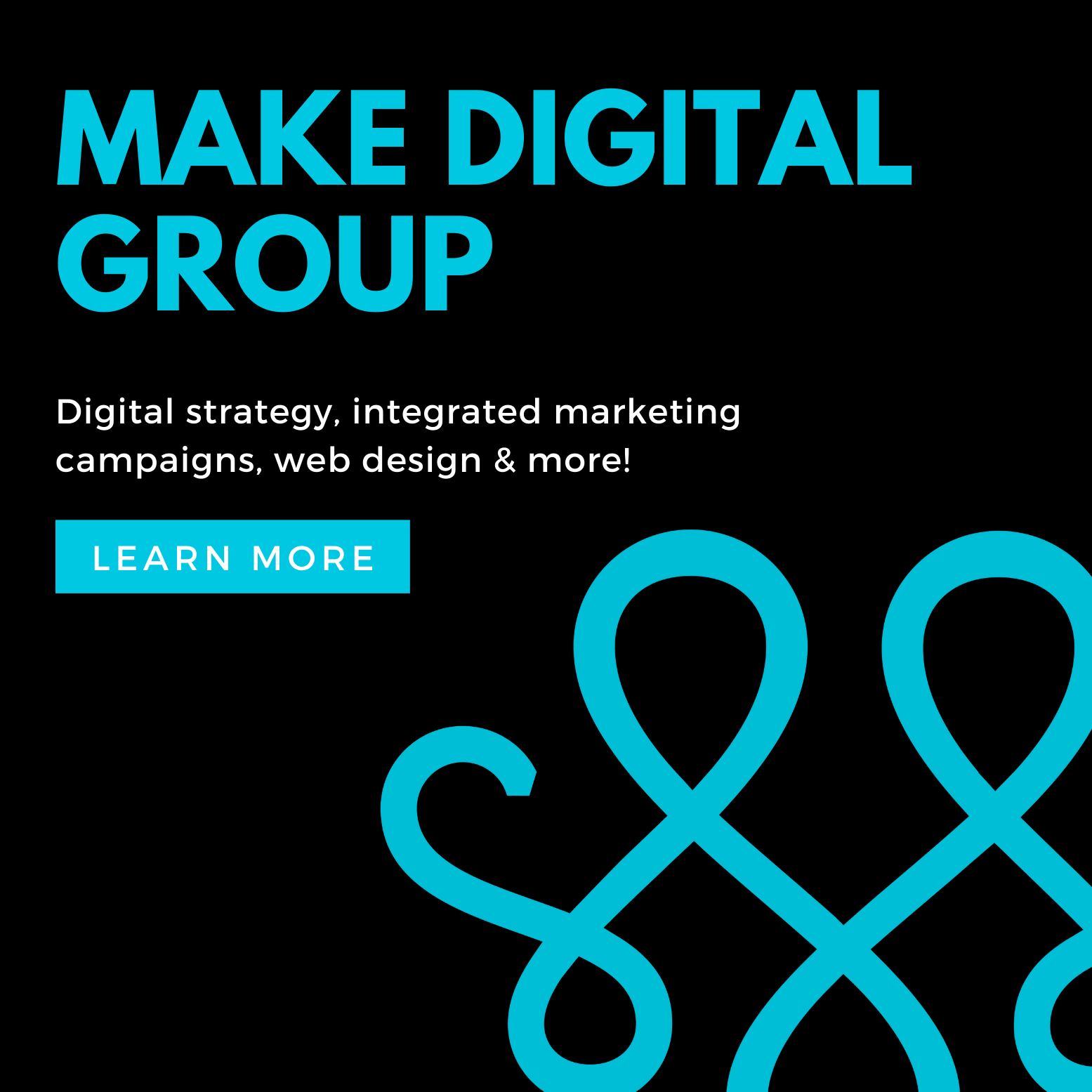Everyone else’s tobacco is poisonous. Lucky Stripe is toasted.”
In the AMC series “Mad Men,” advertising executive Don Draper demonstrated an extreme example of traditional marketing with a cigarette tagline designed to define consumers’ perceptions of a product and persuade them to buy.
Digital access has fundamentally changed how products and services are perceived and purchased. Customers and prospects form their own perceptions and openly share information with one another through social media well before they make a purchase.
Effective marketing is increasingly a dialogue with your customers and prospects—two-way, targeted and thoughtful. Are you hesitant to enter this brave new world? Here’s a business owner’s primer on engaging with customers on their own terms.
Engage with customers and prospects where they interact // Get curious about where your customers and prospects find and share information on products and services, both online and offline. What do they consider useful? Do they listen to podcasts or stream video? Where are they actively participating online? What meetings and events do they attend? What influences their perceptions of the products and services they buy?
If you don’t know the answers to these questions, informally ask a cross-section of your customers to get a sense of their preferences and behaviors. Focus first on listening to your customer and then engaging with them in the ways that they prefer.
Share and encourage sharing of useful information // Before you offer a white paper, send a promotion or announce a workshop, ask yourself:
» How is this information useful to my customers and prospects?
» How do I know that?
» How can this information encourage interaction with my company on the customer’s terms?
A company owner in the specialty food business regularly develops creative techniques for using his products and posts them on Facebook, YouTube and other online channels. He doesn’t stop there. He encourages his customers to share their own techniques, and showcases them on these channels. By providing how-to information and inviting his customers to add their own content, he is not only selling more products. He is creating a global community of repeat customers.
Measure engagement in behaviors // Traditional marketing is campaign-oriented: plan a campaign, launch and measure the results within a defined time frame. Think of engagement as a continuous cycle of reaching out to customers, listening to them, observing their behaviors and learning from the outcomes over time.
Measuring engagement is also a continuous process of identifying and comparing behaviors. Here’s how to start:
» Define the key customer behaviors for engagement. Assign a low-impact to high-impact value to these behaviors. For the specialty food company, a low-impact behavior might be posting a new technique using the product, and a high-impact behavior might be clicking a link to place an order.
» Identify who is engaging. Are they repeat customers, new customers or potential customers?
» Determine how they are engaging. Do these interactions reflect the key customer behaviors? How can low-impact behaviors lead to high-impact behaviors?
In the world of engagement marketing, customers and prospects aren’t simply the audience receiving a message; they are participants. It’s up to you to join the conversation.

